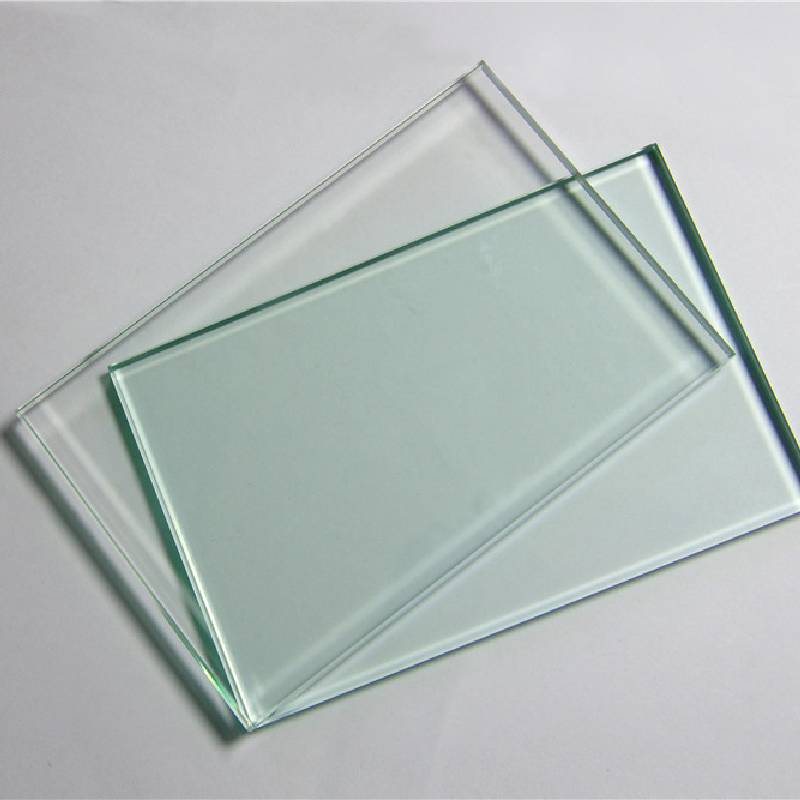

The Evolution of Glass Manufacturers A Glimpse into the Industry
Glass manufacturing is an age-old craft that has evolved dramatically over the centuries. From its discovery in ancient Mesopotamia around 2000 BC to today's advanced technologies, glass has played a significant role in architecture, art, and everyday life. The industry has witnessed numerous transformations, driven by innovation, demand, and sustainability concerns.
Historically, the processes of glass production were labor-intensive and required skilled artisans. Early glassmakers utilized natural materials such as sand, soda ash, and lime, combining them through high-temperature furnace techniques to create raw glass. This primitive method laid the foundation for the glass industry. Ancient civilizations adorned their cities with vibrant glassworks, with techniques like glassblowing and glass casting becoming art forms in their own right.
As time progressed, the Industrial Revolution in the 18th and 19th centuries marked a pivotal shift in glass manufacturing. Factories emerged, enabling mass production and reducing costs significantly. Innovations such as the automatic bottle machine introduced by Michael Owens in 1903 revolutionized the industry, allowing for the rapid production of glass containers. This development coincided with the booming beverage and food industries, which led to a heightened demand for glass packaging solutions.
Today, glass manufacturing has entered a new era characterized by technological advancements and a focus on sustainability. Modern manufacturers employ sophisticated techniques such as float glass production, which involves floating molten glass on molten tin to create smooth, uniform sheets used in windows and buildings. Automation and computerized controls enhance efficiency, accuracy, and safety in the production processes.

Moreover, environmental concerns have increasingly influenced the industry. Glass manufacturers are now focusing on creating more sustainable products and practices. Recycled glass, known as cullet, is being integrated into production, reducing energy consumption and raw material usage. Many manufacturers have committed to reducing their carbon footprint, investing in energy-efficient technologies and renewable energy sources.
The global glass market is diverse, encompassing various sectors, including packaging, automotive, construction, and artistic glassware. Each sector presents unique challenges and opportunities. For instance, the growing popularity of energy-efficient buildings has boosted the demand for specialized glass products that offer thermal insulation and durability. Meanwhile, the trend towards eco-friendly packaging has prompted glass manufacturers to innovate lighter, more sustainable glass bottles that are both functional and aesthetically pleasing.
Furthermore, the future of glass manufacturing is intertwined with advancements in smart technologies. Research into smart glass, which can change its properties in response to environmental triggers, is paving the way for energy-efficient buildings and new design opportunities. This technology not only enhances comfort for occupants but also contributes to energy conservation, representing a significant step forward in sustainable architecture.
In conclusion, the evolution of glass manufacturers reflects a rich tapestry of history, innovation, and adaptation. As the industry continues to evolve, the focus on sustainability, technology, and meeting the demands of a modern world will likely shape its trajectory. The commitment to improving production processes and reducing environmental impact ensures that glass will remain a versatile and vital material for generations to come.